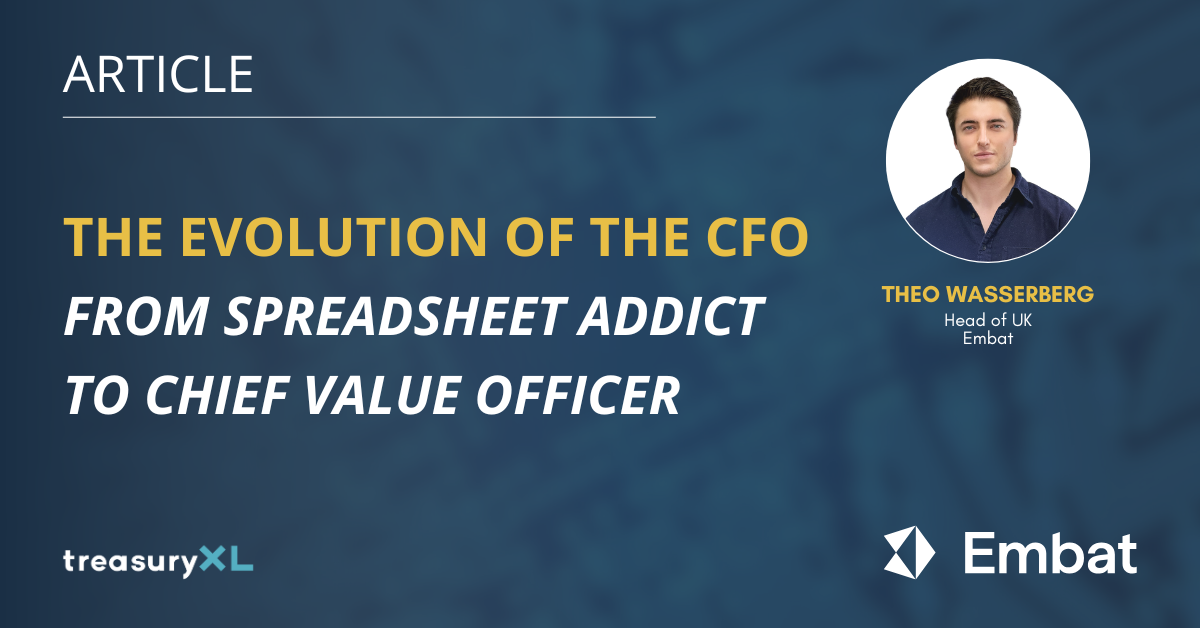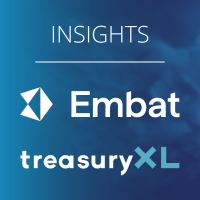By mid-morning, board reports are still incomplete, and questions from the CEO about cash flow or M&A readiness are met with uncertainty. Scenario modelling for capital allocation takes hours, sometimes days. Every decision is delayed, reactive, and dependent on yesterday’s numbers.
The frustration is palpable.
Contrast this with the AI-augmented CFO. The day begins with a dashboard that updates in real-time across all subsidiaries, currencies, and revenue streams. By mid-morning, the CFO is in a cross-functional meeting with HR and operations, advising on capital allocation and responding to live metrics.
They can spot trends, detect errors before they escalate, and adjust forecasts dynamically. Strategic insights replace manual data work.
Today’s CFOs are shedding an identity anchored in reporting, shifting from historian to strategist. Salesforce signalled this shift by creating the Chief Operating and Financial Officer (COFO) role, unifying CFO and COO functions. The message is clear: the modern CFO is no longer just a numbers person.
CFOs are becoming Chief Value Officers (CVOs): tech-enabled, insight-driven, and able to scale finance globally. They oversee financial and non-financial drivers, business partnering, and long-term growth [Horton International, 2024][Salesforce, 2025].
As businesses explore how AI and integrated systems are reshaping finance teams, one thing is clear: modern CFOs can’t just close the books anymore.
The rise of the strategic CFO
Ten years ago, the finance role was seen largely as operational: Generate financial reports, keep things tight. Today, the focus has shifted toward strategic insight – help us understand the money.
CFOs are now expected to advise on capital allocation, respond to live metrics, collaborate across the business, forecast black swan scenarios and automate repetitive work.
That evolution can’t happen without deeper visibility, particularly into cash. CFOs need to project liquidity in real time, not just for operational comfort but to fuel growth, secure funding, and navigate volatility. Static spreadsheets just can’t offer the precision or proactivity required.
Excel: Legendary, but holding you back
Excel is legendary. It democratised modelling, allowed endless flexibility, and helped finance teams solve everything from P&L to payroll.
Today, business is fundamentally different. Finance teams are managing multiple bank accounts across countries, navigating complex intercompany payments, and shifting from fixed budgets to rolling forecasts.
Leaders are expected to respond to real-time questions with real-time answers – something Excel simply wasn’t built for.
Copy/paste errors, broken links, out-of-sync versions, version naming chaos (“final_FINAL_v12.xlsx”), security issues, lost time at close. Real-time data makes your budget a breathing document, not a stale spreadsheet.
Disconnected systems don’t just delay answers – they delay decisions. Junior staff spend hours cleaning data, reconciling accounts, and patching together reporting packs from 12 different Excel tabs.
AI and connected finance in action
Imagine a world without CSVs, where you never chase bank statements, you don’t download and upload files, and you don’t have to wonder if ‘that number’ is up to date.
Instead, every transaction from every account – across countries, entities, and currencies – flows into a single, unified dashboard. Bank data syncs automatically, in real-time, no matter how many accounts or institutions you manage. Forecasts update themselves. Reconciliations complete overnight.
Alerts tell you what matters, before anyone else asks. This is where modern banking connectivity transforms finance. Instead of logging into portals or emailing bank reps for files, today’s best platforms offer live links to your financial institutions. That means cash positions update automatically, so forecasts become proactive.
Finance teams gain a proactive partner that anticipates needs, flags issues, and forecasts cash flow. AI agents classify transactions, detect missing entries, and keep forecasts dynamic and alert-driven.
Working from a shared, secure, and audited source allows teams to close faster, spend less time on controls, and focus more on insight.
We have seen first-hand how a mid-sized finance team automated just a handful of manual processes but gained thousands of hours back. AI now alerts the team when cash flow inputs are missing, not to make decisions for them, but to prevent errors before they occur.
Previously, the team spent hours explaining last month’s performance; now, that time is devoted to shaping the next quarter. This is what connected finance should look like. CFOs gain:
- Real-time visibility: Instantly see cash positions across accounts and borders
- Scalable operations: Control complexity without scaling headcount
- Faster close cycles: No more recon by spreadsheet
- Better decisions: Powered by live data, not stale exports
- Resilience: A proactive tool to avoid “oh sh@t” moments with clear insights that prepare you for audits, investor scrutiny, and sustained growth.
You’re leading a company, not just a ledger
We’re not saying delete Excel, but the era of running your financial core on spreadsheets is over. You’re leading a company, not just a ledger, and your tools need to keep up.
Forecasting revenue is hard. Forecasting cash? Even harder. But cash remains the most actionable signal a CFO has. The ability to see and steer your cash flow is what separates reacting from leading. Whether you’re planning a hire, preparing for a downturn, or entering a new market, it all starts with cash confidence.
If you are curious about putting these ideas into practice, don’t miss the upcoming webinar “AI Treasury Applications for Microsoft Business Central and F&O”, where Theo will be sharing insights firsthand.
The session is perfect for treasurers at mid-sized or smaller companies, or finance professionals managing treasury part-time, and it covers practical examples, quick wins, and how AI can make treasury work smarter. Sign up here to secure your spot!









